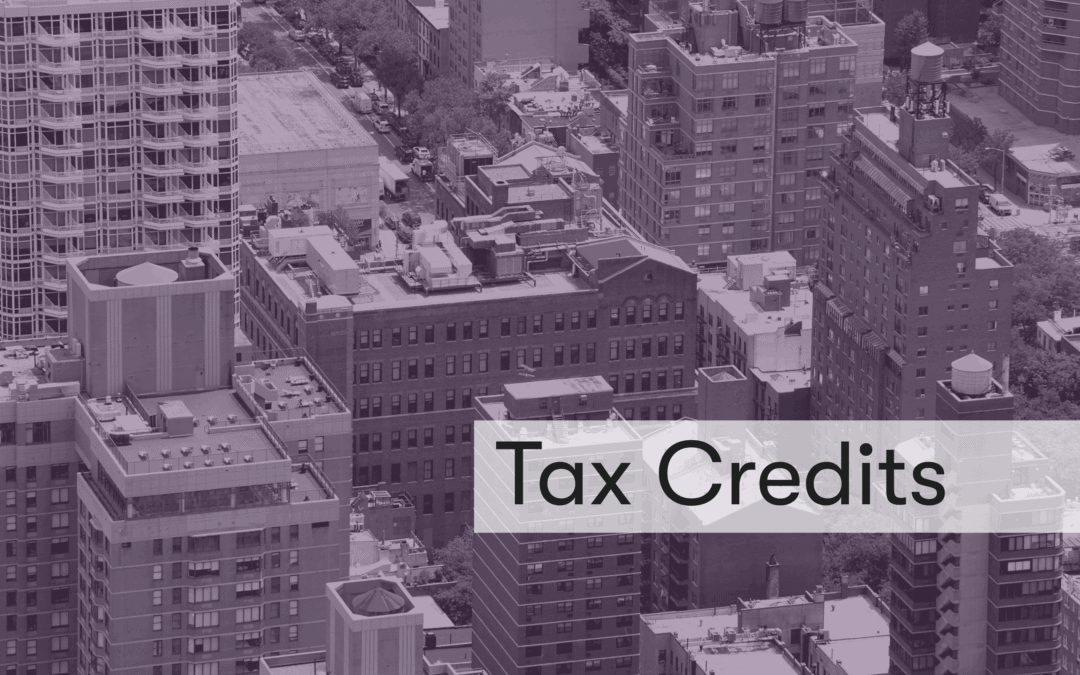On July 1, 2020, the Internal Revenue Service published IRS Notice 2020-53, which provides temporary relief to owners of Section 42 Low-Income Housing Tax Credit (LIHTC) properties due to the COVID-19 pandemic. The Notice extends previously postponed due dates for certain tax filings and payments under relief measures from Notice 2020-23, published earlier this year, that were effective until July 15, 2020. The extensions now run until December 31, 2020 and include filings for projects due to meet the 10% Test in order to obtain a carryover allocation, filings for meeting the 24-month minimum rehabilitation threshold, and filings for projects where the reasonable replacement period for casualty loss was due to expire.
For management purposes, there are four provisions that will potentially affect LIHTC properties for the balance of 2020:
- Income Recertification
Owners (and managing agents) are not required to perform income recertifications for the period of April 1, 2020 to December 31, 2020 but they must resume doing so after the deadline expires for recertifications as they become due. Since 2008, annual income recertification has not been required for 100% LIHTC properties under the federal regulations, therefore this provision is applicable only for mixed-use or mixed-income properties, where recertifications are required on an annual basis. Credit agency guidance should be sought on this matter where guidance differs from the federal requirements.
- Compliance Monitoring
Housing credit agencies are not required to conduct compliance monitoring inspections or reviews for the period of April 1, 2020 to December 31, 2020 but they must resume doing so after the deadline expires for inspections or reviews as they become due. An interesting confluence to this provision is the publication of an IRS Proposed Rule on July 1, 2020 amending the sample size obligations for housing credit agencies from the 2019 Final Rule on compliance monitoring which changed the methodology by requiring usage of a published minimum sample size chart to replace the previous requirement. The current Proposed Rule became effective immediately and reverts to the 2016 Proposed Rule mandate that the lesser of 20% of the units in the project or the minimum sample unit count from the chart be used by agencies when inspecting and conducting file reviews. This change dovetails nicely with compliance monitoring activity that is expected to re-start at the beginning of 2021 since that was the deadline by which the 2019 requirement was supposed to be utilized.
- Closure of Common Areas or Amenities
If a LIHTC property has temporarily closed access to its common areas or other amenities previously available to residents due to COVID-19 (and not for other noncompliance reasons), then the closures do not result in a reduction of the property’s eligible basis for purposes of generating tax credits from April 1, 2020 to December 31, 2020. The expectation, of course, is that after this period of time the common areas would be reopened with access as usual unless otherwise amended.
- Emergency Housing for Medical Personnel and Other Essential Workers
Under provision of this notice, medical personnel and other essential workers will be treated as Displaced Individuals under the Emergency Declaration made by the President on March 13, 2020 in response to COVID-19. As such, Revenue Procedures 2014-49 and 2014-50, which address major disaster declarations and LIHTC, will apply, thus allowing for the temporary housing of such personnel if they have been displaced from their principal residences due to the pandemic for emergency purposes, without regard to income qualification from April 1, 2020 until December 31, 2020.
The Notice and the Proposed Rule can be found online at:
Notice 2020-53: https://www.irs.gov/pub/irs-drop/n-20-53.pdf
Proposed Rule for Compliance Monitoring: https://www.irs.gov/pub/irs-drop/reg-123027-19.pdf

